Description
The SPAD23 is an advanced detector array featuring 23 hexagonally packed single-photon avalanche diodes (SPADs), engineered to deliver unparalleled performance in photon detection and time-tagging applications. With a best-in-class design, the SPAD23 offers exceptional efficiency, speed, and precision, making it a versatile solution for cutting-edge scientific research and technological innovation.
SPAD23 | Photon-Counting SPAD Array
Specifications
| Sensor Type: | Other |
|---|---|
| # Pixels (Width): | 23 |
| # Pixels (Height): | Not Specified |
| Pixel Size (Square): | 23 um |
| Peak Quantum Efficiency: | 55 % |
| Full Frame Rate: | Not Specified |
| Bit Depth: | 1 bit |
Features
- High Fill Factor: Achieves over 80% fill factor, optimizing light collection and enabling sharper imaging.
- Broad Spectral Sensitivity: Operates efficiently across a 440–660 nm wavelength range with peak detection probability of 55% at 520 nm.
- Low Noise Operation: Boasts a dark count rate below 100 cps, ensuring superior signal-to-noise ratio for accurate measurements.
- Fast Timing Performance: Provides 20 ps time-tagging resolution and excellent timing jitter with FWHM below 120 ps, ideal for high-speed photon detection tasks.
- Compact and Integrated Design: Housed in a credit card-sized system, the SPAD23 includes an FPGA and offers plug-and-play convenience via USB3 and a 5V power supply.
Applications
Confocal microscopy: ISM, FLIM, FRET, FCS, STED. The utilization of SPAD arrays increases light collection, enabling innovation in laser-scanning confocal microscopy. This advancement ultimately results in sharper and brighter imaging, offering functional insights into molecular functions, interactions, and environments. SPAD arrays have the following benefits in confocal microscopy:
- Achieve super-resolution using standard confocal microscopes.
- Increase light collection.
- Acceleration of imaging speed.
- Reduction of background noise levels.
Quantum Information: Antibunching, Coincidence Correlation, Quantum Random Number Generation. Temporal photon correlations and photon number resolving (PNR) are pivotal for exploring the quantum properties of light. SPAD arrays, characterized by extremely low crosstalk, facilitate reliable measurements of second and third-order photon correlations, as well as the generation of quantum random numbers for unbreakable encryption. SPAD arrays offer the following advantages in quantum information:
- Simplification of setup with single-chip multi-channel detection.
- Increase data rates with detector parallelization.
- Photon number resolving (PNR) detection.
Frequently Asked Questions
What is the SPAD23 detector array?
What are the key features of the SPAD23?
What applications is SPAD23 best suited for?
How compact is the SPAD23 system?
How does SPAD23 improve confocal microscopy?
What quantum experiments can SPAD23 support?
What connectivity and integration options does SPAD23 offer?
Similar Products


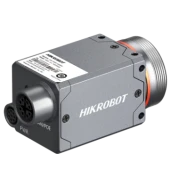
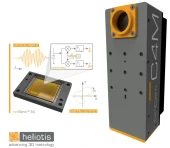

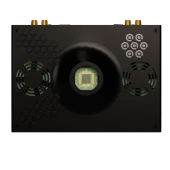
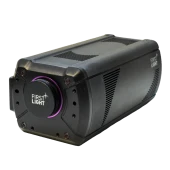
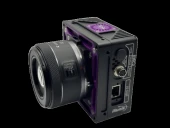
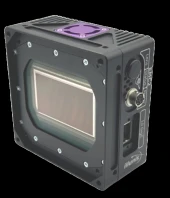
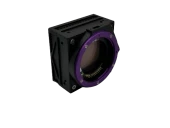
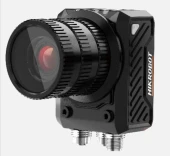
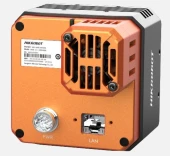
Your inquiry has been received.
Create an account by adding a password
Why create an account?
- Auto-complete inquiry forms
- View and manage all your past messages
- Save products to your favorites
- Close your account anytime — no hassle

